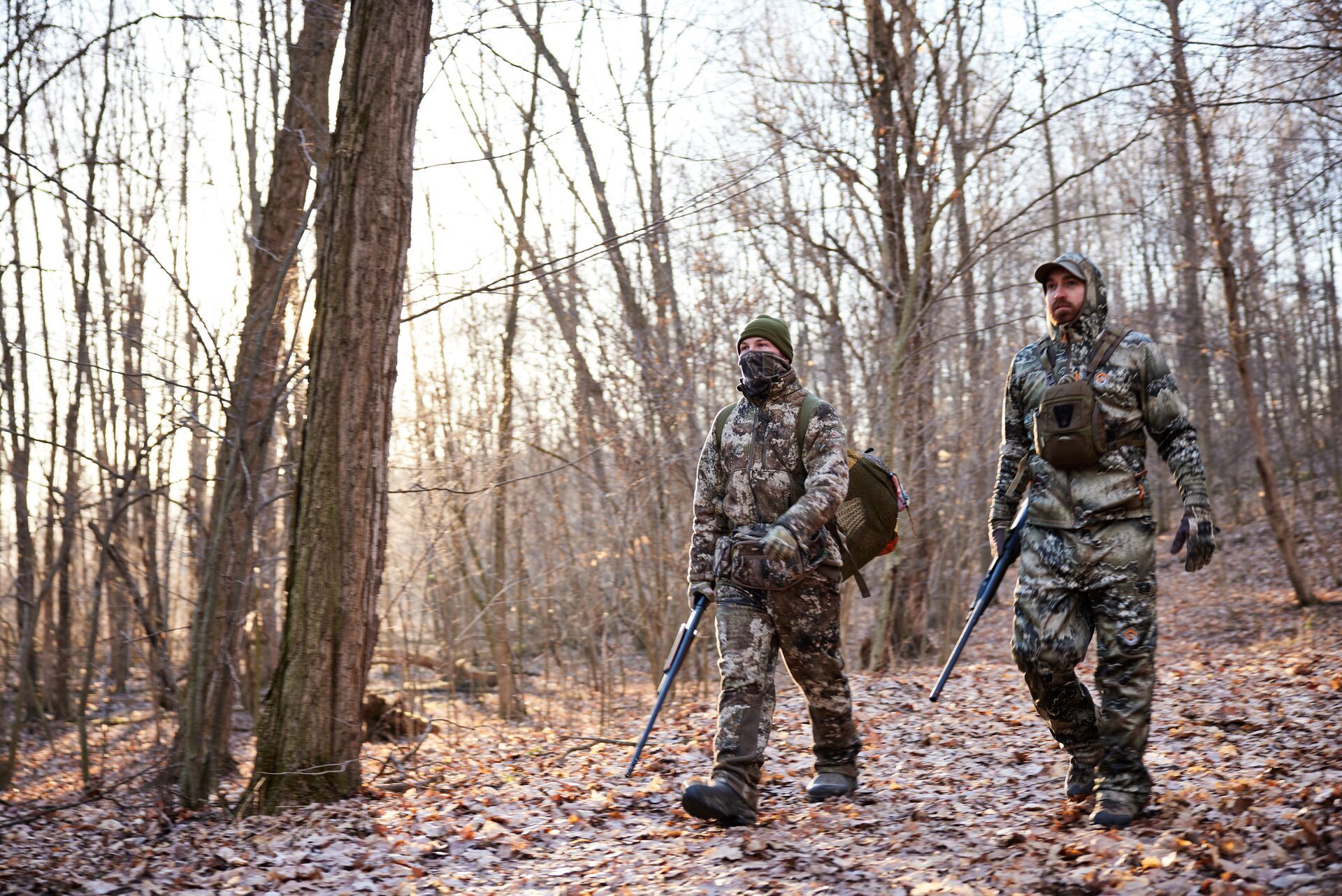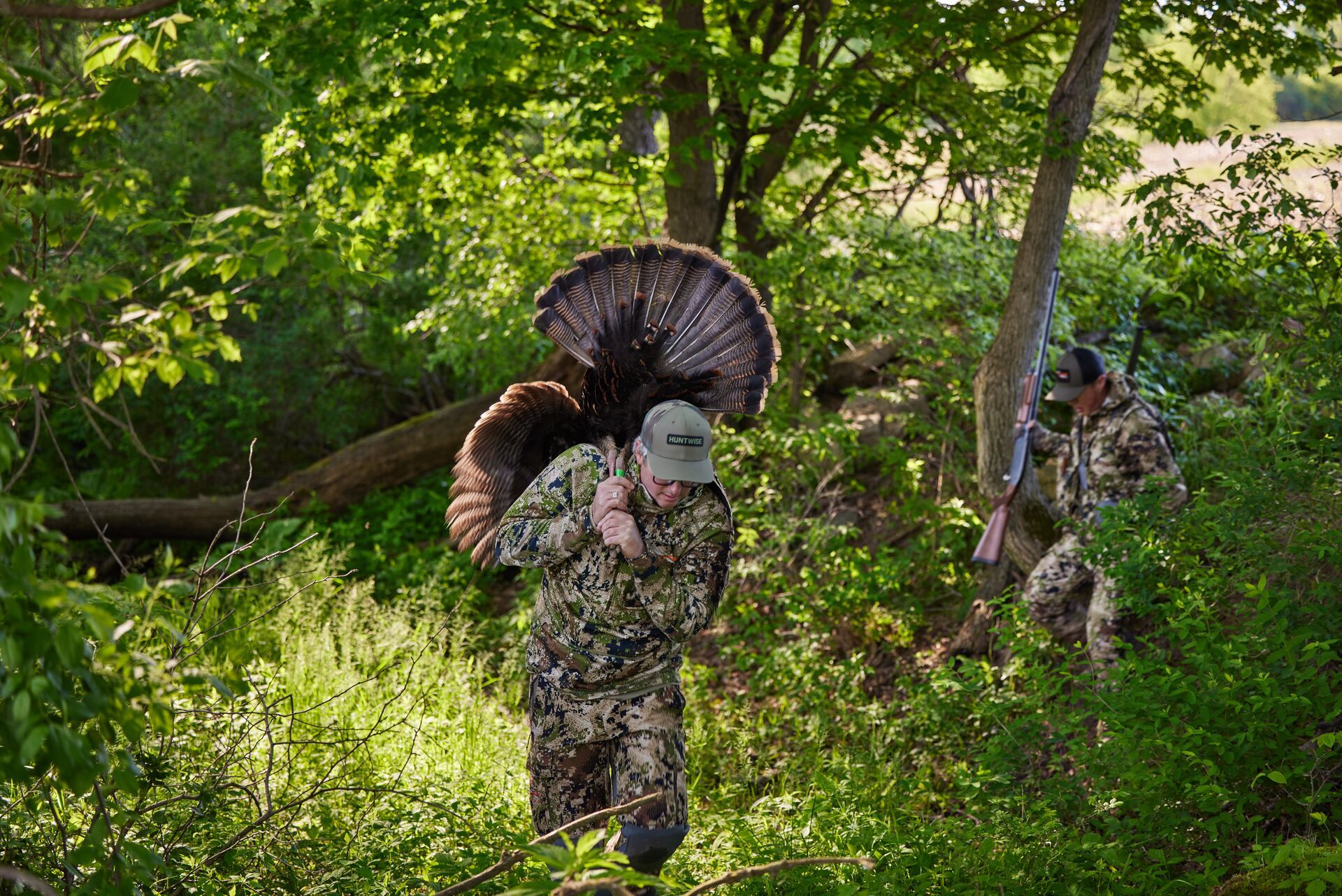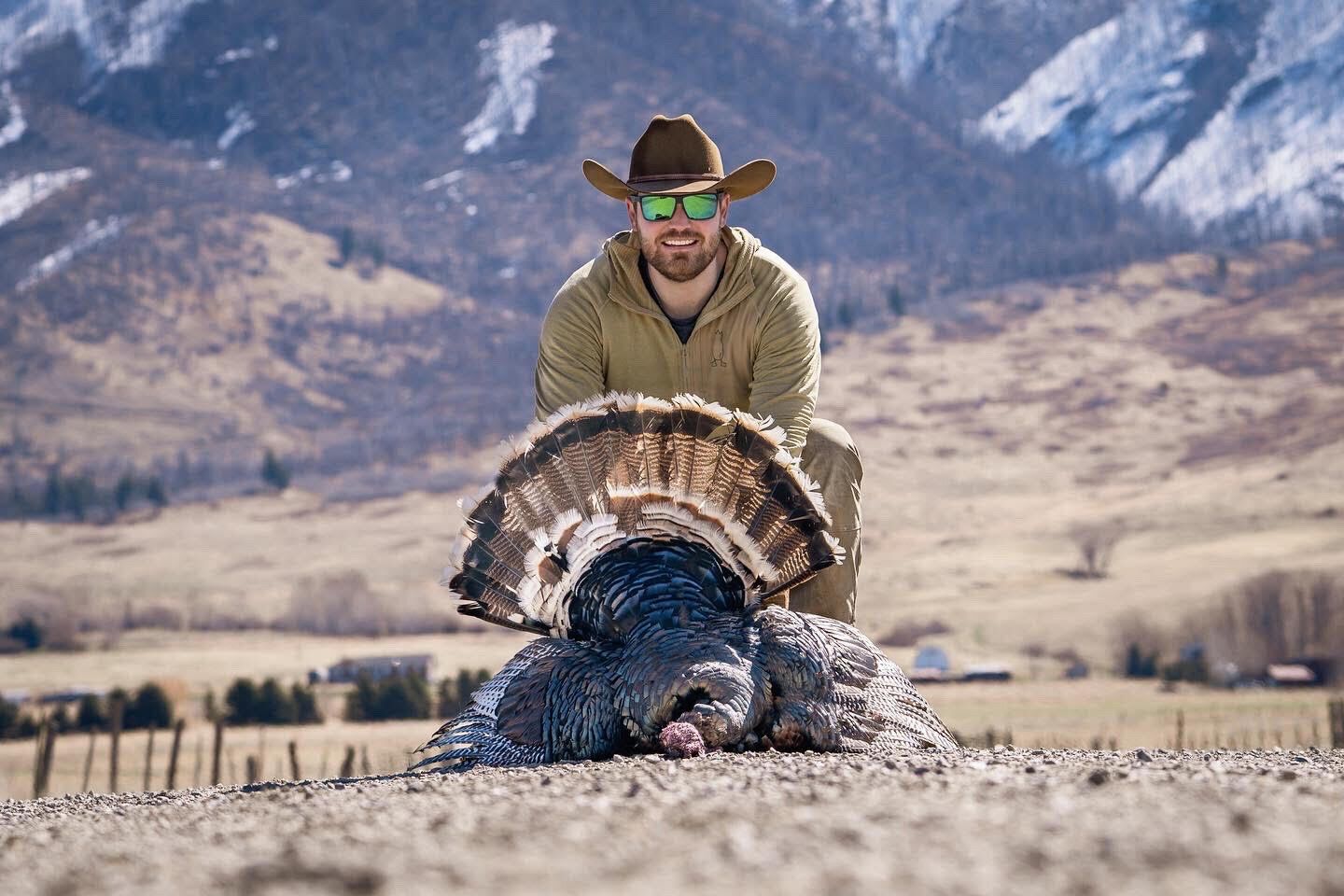Field Guide / Turkey
7 Crucial Turkey Hunting Strategies From Jordan of Buck Commander
Whether you are in the South and have already begun your hunt for spring toms, or you are patiently waiting for the end of March or the beginning of April in the Midwest, there is one thing we all have in common – we want to harvest a nice gobbler – and the right strategies can help make your spring turkey hunt a success!
Previous in Turkey
More Content Like This

How and Where to Hunt the Merriam Turkey
Merriam turkeys would have to be among the most challenging turkeys to hunt. Hunting them requires an intimate knowledge of the subspecies, how they behave and interact with the natural environment, maintaining peak physical condition, and preparatio...Read More
Read More
When Is Alabama Turkey Season?
With its diverse hunting locations ranging from the Appalachian mountains' forested habitat to the south's delta swamps, Alabama offers a unique experience for those targeting the Eastern wild turkey. This variety and challenging landscape make it a ...Read More
Read MoreTurkey Hunting Season Success With HuntWise
What does success look like after a turkey hunt? We love seeing your photos and sharing them with other hunters to celebrate your turkey harvest at the end of the season. Read More
Read More Turkey
TurkeyHow and Where to Hunt the Merriam Turkey
Merriam turkeys would have to be among the most challenging turkeys to hunt. Hunting them requires an intimate knowledge of the subspecies, how they behave and interact with the natural environment, maintaining peak physical condition, and preparatio...Read More
Read More Turkey
TurkeyWhen Is Alabama Turkey Season?
With its diverse hunting locations ranging from the Appalachian mountains' forested habitat to the south's delta swamps, Alabama offers a unique experience for those targeting the Eastern wild turkey. This variety and challenging landscape make it a ...Read More
Read More Turkey
TurkeyTurkey Hunting Season Success With HuntWise
What does success look like after a turkey hunt? We love seeing your photos and sharing them with other hunters to celebrate your turkey harvest at the end of the season. Read More
Read More
1 of 3